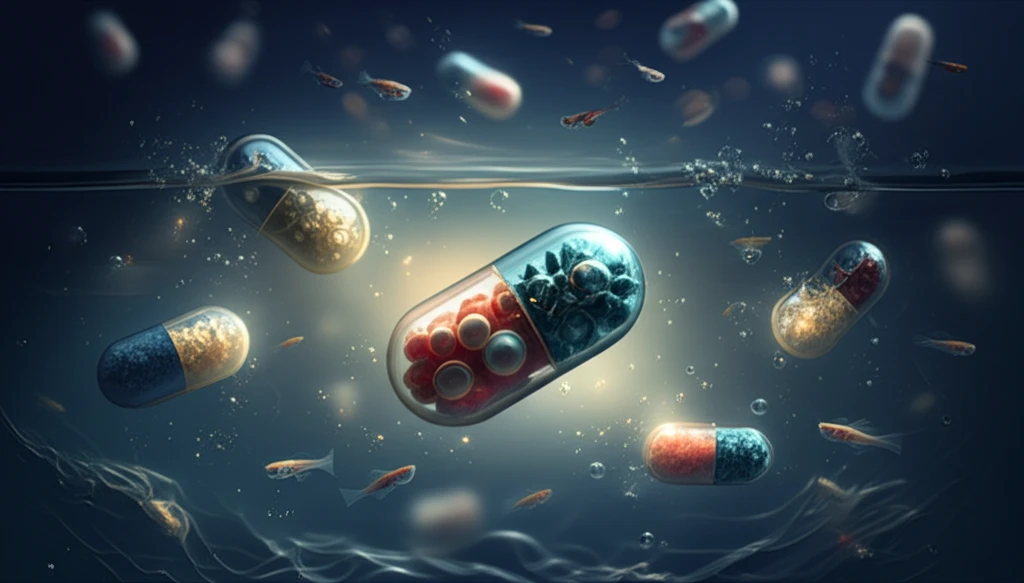
Tiny Capsules, Big Impact: Revolutionizing Gourami Larvae Feeding
"Discover how lipid-walled microcapsules are changing the game for early gourami larvae feeding, enhancing growth and survival rates."
For fish farmers, especially those raising gourami, ensuring the survival and healthy growth of larvae is a constant challenge. Traditional methods often rely on live feeds like tubifex worms, but these come with risks: inconsistent quality and the potential introduction of pathogens. This has fueled the search for reliable, high-quality alternatives.
A recent study published in Acta Scientiarum explores a promising solution: lipid-walled microcapsules. These tiny capsules, packed with essential nutrients, offer a way to provide a consistent and pathogen-free diet to gourami larvae during their critical early stages. The research delves into how these microcapsules affect ingestion rates, growth, and overall survival.
This article breaks down the key findings of the study, making it easy for fish farmers and enthusiasts to understand how microcapsules can revolutionize gourami larvae feeding, leading to healthier fish and more sustainable aquaculture practices.
Microcapsules: A Nutritional Powerhouse for Gourami Larvae

The study focused on Osphronemus gourami, a popular freshwater fish in Indonesia, known for its economic value and ease of cultivation. Researchers investigated the effects of introducing lipid-walled microcapsules at different stages of the larvae's development, assessing how well the larvae consumed the capsules and the impact on their growth and survival rates. The microcapsules were designed to mimic the nutritional profile of tubifex worms, a common live feed, but with enhanced consistency and safety.
- Consistent Nutrition: Eliminates the variability associated with live feeds.
- Pathogen-Free: Reduces the risk of disease transmission.
- Optimized Growth: Provides a balanced diet tailored to larval needs.
- Sustainable Practices: Reduces reliance on natural food sources.
A Brighter Future for Gourami Farming
The research highlights the potential of lipid-walled microcapsules to transform gourami farming practices. By providing a consistent, pathogen-free, and nutritionally balanced diet, these microcapsules can significantly improve larval survival and growth rates. This not only leads to healthier fish but also promotes more sustainable aquaculture by reducing the reliance on live feeds. As the aquaculture industry continues to grow, innovative solutions like microcapsule diets will play a crucial role in ensuring a reliable and environmentally responsible food supply.
